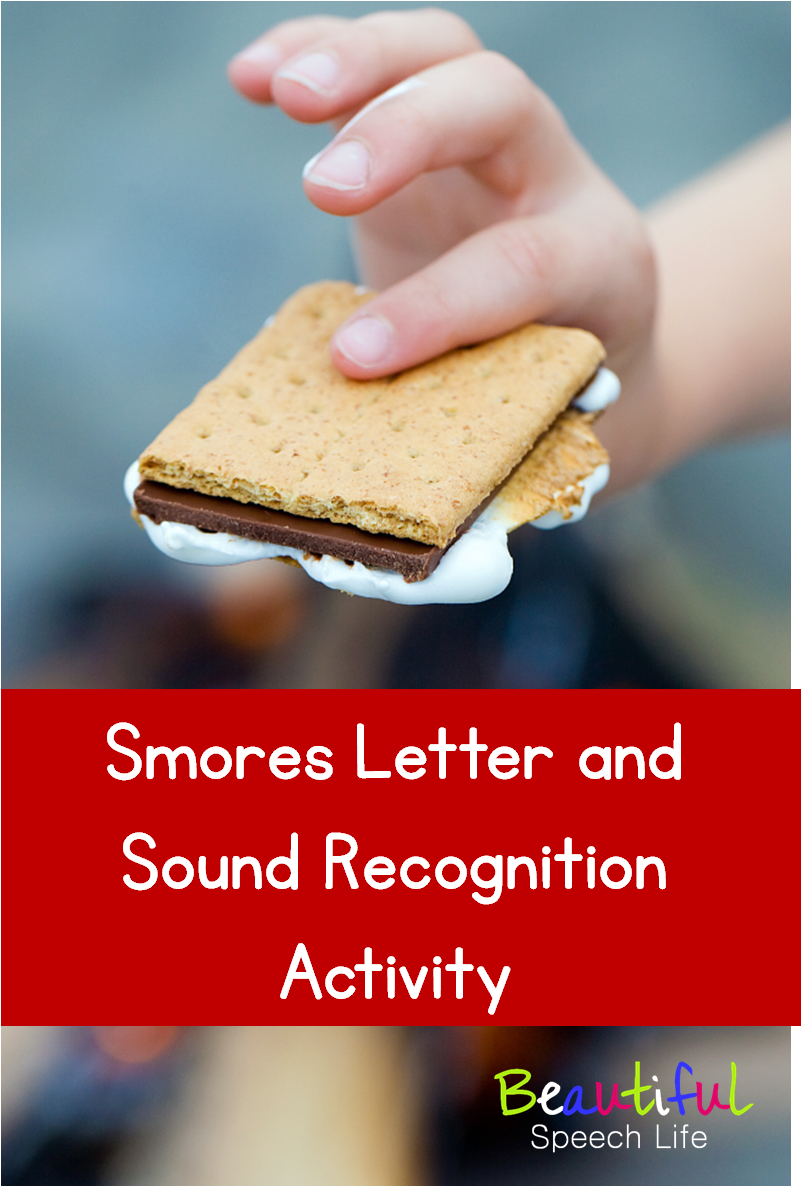


Halloween Giveaway
Hide and Seek: Bus
Hello new visitors! Thirteen SLP bloggers are hiding–hiding on different blogs and hiding in the school. They’re here to show you that you can (and probably do) do therapy everywhere and that each locale has it’s own benefits. For all their tips, hop from blog to blog. While you’re there, jot down the author’s blog/school location listed at the bottom of each post to enter into Rafflecopter. While you’re here sign up (at the top of the page) to be on my email list, so you will be the first to know about fun activities like this. Please welcome my guest blogger, the vivacious Kelly. [spacer height=”20px”]
Hi, I’m Kelly from Speech2u. I was lucky enough to meet Anne at the Teacher’s Pay Teachers conference in Las Vegas this summer and now I’m grateful she is letting me hide out on her blog.
Kim from Activity Tailor is hosting a Hide and Seek blog hop-where you can discover speech and language activities that you can use across your school building. I’m going to be writing these down-what a great way to incorporate generalization!
Can you guess where I am?
Riding the bus. It’s one of the biggest transitions of the school days which can be challenging for some of our students. I’ll admit, I’ve never done speech therapy on a bus-mostly because at the end of my day, the last thing I want to do is walk home carrying a bag of materials from the bus company.
I am intrigued about therapy on the bus, as it presents several opportunities for helping our students generalize and use their language:
Concepts
Do you have students who love to talk about buses. We can talk about their school bus ride while waiting in line for dismissal. For example:
Spatial concepts:
- sitting on the seat
- sitting next to ______, in front of _______ or behind ____________.
- climbing on the bus
- walking off the bus.
Descriptive concepts:
- fast/slow
- bumpy/smooth
- hot/cold
- yellow (for most of us anyhow)
Social Skills
There are a lot of hidden rules on the bus. These are great to review with social language students. For instance:
- How can you tell which seats are open?
- Is it okay for your legs to touch on the bus or do you need to make sure that you don’t touch your seat mate?
- What about body position? Do we look straight ahead while we are talking? Should we face them directly?
- What does it mean if we angle our bodies towards or away from someone?
- Can you talk to people on the bus-how loud is too loud?
- What are expected/unexpected behaviors on the bus?
AAC
Don’t forget about our students who have communication devices? We could set up bus pages on their device to allow them to communicate on the bus. Maybe they need to say:
- “Hi/Bye” to the bus driver and others
- “It’s my stop”
- “I see a police officer”
- “You’re going fast” or “Too slow”
- “When will I be home?”
There are challenges with this-but I think there are also rewards-even if you started with greeting the driver. You could take the student to their bus and act as a facilitator at the end of their school day.
Field Trips
Are you lucky enough to go to on field trips with your school? If you are-you could provide language and categorization games during the ride to the field trip. Some great bus games to keep students occupied include:
- “I went on a field trip and brought ….” (each person adds a new item while repeating the previous items.) HINT: Adapt this by requiring students working on articulation to choose items with their targeted sounds.
- 20 Questions
- Categories-Name a category and players take turns naming category members
Speech2u’s home base is Speech2u.com, but today she’s on the BUS! To enter the Hide and Seek Blog Hop Raffle, collect the names of the participating blogs and where they are hiding and enter them here.

6 Ways an SLP can use TPT to be Super Organized and Resourceful
School is back in full swing for me.

6 Ways an SLP Can Help with Preliteracy Skills
 So what exactly is preliteracy?
So what exactly is preliteracy?







 Hey there I’m Anne Page. I help heart centered SLPs and educators put the fun in functional communication.
Hey there I’m Anne Page. I help heart centered SLPs and educators put the fun in functional communication. 